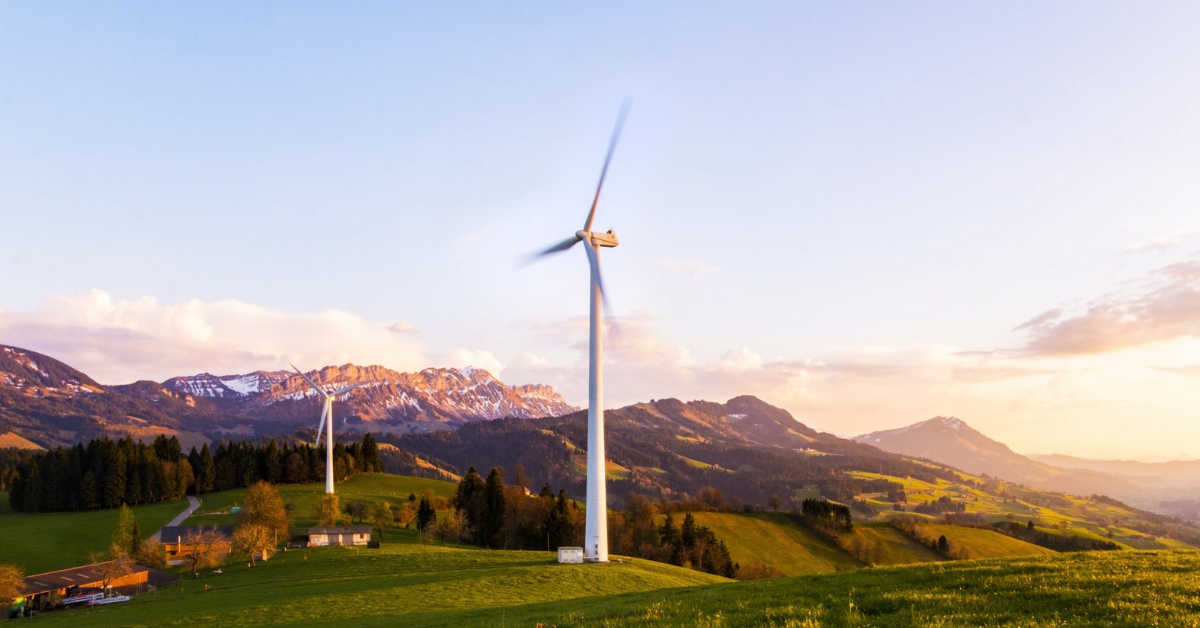Environment degradation has become a matter of global concern. Nepal, in this regard, is no exception. The primary reason for environmental degradation in developed countries is attributed to the rapid industrialization process and physical development. In contrast, poverty, ignorance, uncontrolled population growth, and economic backwardness are the significant factors for environmental degradation in developing countries.
As the environmentalists point out, the main reason behind the acid rain in developed countries like the United States of America, Japan, Canada, and Germany is more or less the consequences of environmental degradation. Likewise, natural disasters cause tragic loss of lives and wealth in Sudan, Bangladesh, and Thailand. Natural calamities like earthquakes, floods, and storm waves in Indonesia and Australia are the consequences of environmental degradation.
We can not resist or control natural disasters. However, if proper attention is focused on protecting the environment, we can significantly manage natural disaster risk and lessen the loss of lives and wealth.
In the present context, the earth planet faces the problems of dryness and desertification, including environmental degradation. The issue of desertification is another challenge to the planet’s good health. The African countries are facing the major challenge behind such desertification. As the environment experts state, nearly 66 percent of the total land of African countries is adversely affected by the process of desertification. In comparison, 46 percent in Asia and 31 percent land of Latin America are adversely affected by desertification.
One of the estimations is that about 44 percent of the world’s total population faces the risk of displacement due to the dire consequences of desertification.
Nepal is not isolated from such natural calamities. It is assumed that in the remote hilly areas of Nepal like Dolpa, Manang, and Mustang, nearly 10 thousand square kilometers of land has already been turned into the cold desert. Specifically, due to the rapid deforestation activities and excessive land grazing, several parts of the land ranging from Terai to the Himalayan region are heading to the process of desertification. Ironically, nearly 80 percent of the energy resources are still being supplied with firewood from forests. That means many farmers of the villages still utilize green shrubs equivalent to five billion annually, just for feeding the cattle.
As the environmentalists suggest, at least 40 percent of the total land needs to be occupied by the forests to maintain the ecological balance. But in the present context, Nepal holds less than 30 percent of the entire forests, which is also being gradually depleted because of the illegal encroachment activities.
Thus the rapid process of desertification, unplanned human settlement, and excessive land grazing have blown away an average 2.4 billion quantity of soil annually from the hilly regions of Nepal. As the experts claim, 1.70-millimeter fertile land is being flown annually from Nepali soil because of the increasing process of deforestation. Consequently, the problem of enormous food scarcity appears due to the low agriculture production. Suppose such a trend of deforestation is not checked or addressed in time.
In that case, most of the forest resources from hilly regions within one decade and Terai regions within two decades will be destroyed, leading the country to desertification.
Needless to say that the rapid process of deforestation is one of the primary reasons behind environmental degradation. As forest depletion is increasing, ecological degradation is widening. Inadequate rainfall, soil erosion, floods, landslides, increasing global temperature, and cold waves are more or less the consequences of environmental degradation. Despite these facts, uncontrolled population growth, unplanned urbanization, haphazardly constructed physical structures, and the plying of old and fragile polluting vehicles on the road and the unmanaged piles of garbage have created water, land, air as well as noise pollution in major industrial cities and provinces of Nepal.
As the environmentalists claim, the required oxygen level for human respiration is decreasing in Kathmandu valley due to the increasing level of carbon dioxide and polluted air emitted by different industrial estates and fragile vehicles plying on the narrow roads in Kathmandu valley.
Physicians or health experts claim that human respiration needs a minimum of 20.7 percent of oxygen. But the required level of oxygen is decreasing gradually in Kathmandu, including the major industrial cities like Biratnagar, Birgunj, Rajbiraj, and Nepalgunj. Furthermore, Kathmandu, the federal capital of Nepal, is facing the major problems of environmental degradation with increasing levels of carbon dioxide and other greenhouse gases emitted by the fragile old vehicles plying on narrow roads.
Another considerable factor leading to environmental degradation is water pollution. It is a bitter truth that several rivers and brooks of Nepal have become the familiar places for passing urine and dumping the piles of garbage scattered in different parts of the cities. The level of water pollution is extensively increasing because of the disposal of dead cattle or animals and using the barren land of the river as the open toilet.
Studies have shown that the polluted river water causes an adverse impact on food grain farming, spreads the outbreak of infectious diseases, and pollutes the sources of the water reservoirs.
Environmental degradation is not the problem of a single country like Nepal. It is indeed a matter of global concern because ecological degradation of any part may adversely affect the other parts of the globe. For instance, the increasing industrial activities of developed countries have emitted large quantities of carbon dioxide and harmful chemical gases, decreasing the ozone layer and leading to the problem of human health and environmental degradation. Likewise, increasing carbon monoxide and other toxic gases in the atmosphere increases global warming. And due to the increasing situation of global warming, the glaciers melting of Arctic and Antarctic Oceans is likely to rise from the level of five to seven-meter meters, experts claim. Therefore, if the greenhouse effect is not checked in time, smaller countries like Maldives and Bangladesh might be submerged into the ocean in the near future.
Considering all these things, one can conclude that the increasing environmental degradation is threatening to the ecological balance and existence of the earth. So the entire global community must unite and join hands together to protect and preserve this living planet.

The writer is the president of Kathmandu based Guardian Association of Blind-Nepal.

